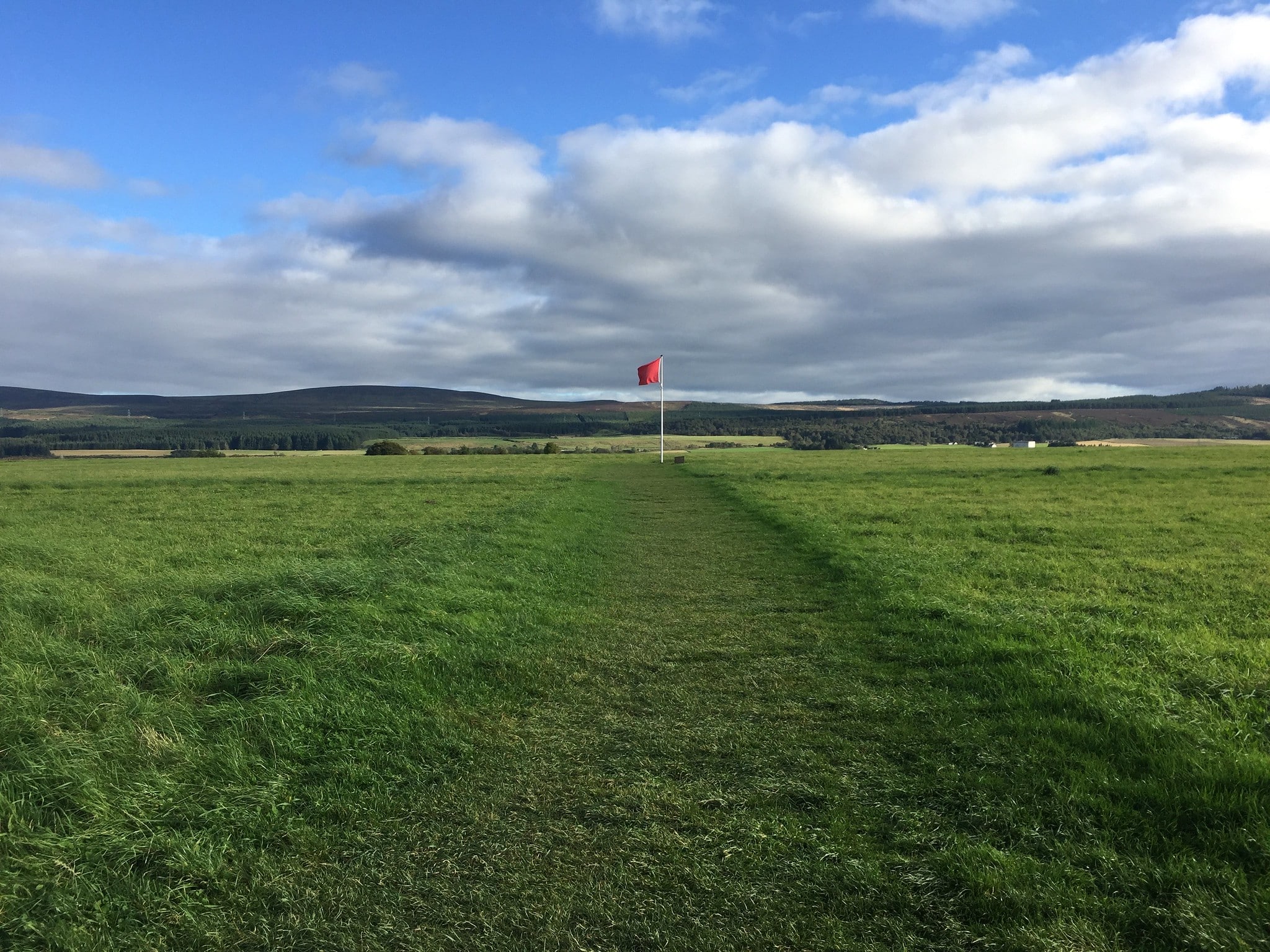

Archaeologists have uncovered a rare chariot wheel at the site of a planned championship golf course near Inverness, Scotland, offering fresh insight into prehistoric life in the Scottish Highlands.
The find emerged during early excavations for the Old Petty Championship Golf Course, a development by the renowned firm Cabot.
The wooden wheel, buried within a cremation pit, is believed to be several thousand years old and may have played a role in ancient ceremonial practices. Experts say it is the first of its kind found in the Highlands and only the fifth chariot component ever discovered in Scotland.
Andy Young, principal archaeologist at Avon Archaeology Highland, described the moment of discovery as unexpected. “They are such a rare thing,” he said. “None of us had really seen one before in terms of physically excavating one.”
At first, Young assumed the wheel belonged to modern equipment, but further analysis confirmed its historic value. “I was initially a bit dismissive,” he said.
The excavation has revealed a wealth of additional finds, including a Bronze Age cremation urn estimated to be 3,500 years old, flint tools, quern stones and remains of at least 25 wooden structures from the Neolithic period.
Together, these discoveries span nearly 6,000 years of human activity, suggesting the site held ceremonial, domestic and agricultural significance across multiple eras.
Stuart McColm, vice president of golf development at Cabot, acknowledged the historical importance of the land. “It’s humbling to think that our new championship course, Old Petty, will rest on such historically rich ground,” he said.
As part of Scottish archaeological best practices, key features of the site are being protected. A prehistoric ceremonial circle has already been carefully reburied in its original location to preserve its integrity.
The collaboration between Cabot and Avon Archaeology Highland has been cited as a model for responsible development, balancing construction with heritage protection.
All the artifacts from Scotland, including the chariot wheel, are being catalogued and will undergo radiocarbon dating. Final excavation reports are expected to coincide with the golf course’s official opening in 2025.
Once the analysis is complete, the artifacts will be transferred to museums in Inverness and Edinburgh, where they will be accessible to the public.
As the course takes shape, developers and researchers alike see the project as more than just a sporting venue. It’s a meeting point between past and present, where ancient lives continue to shape the future of the Highlands.
